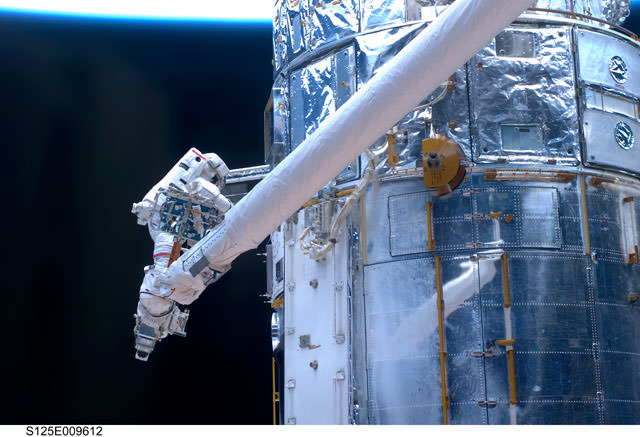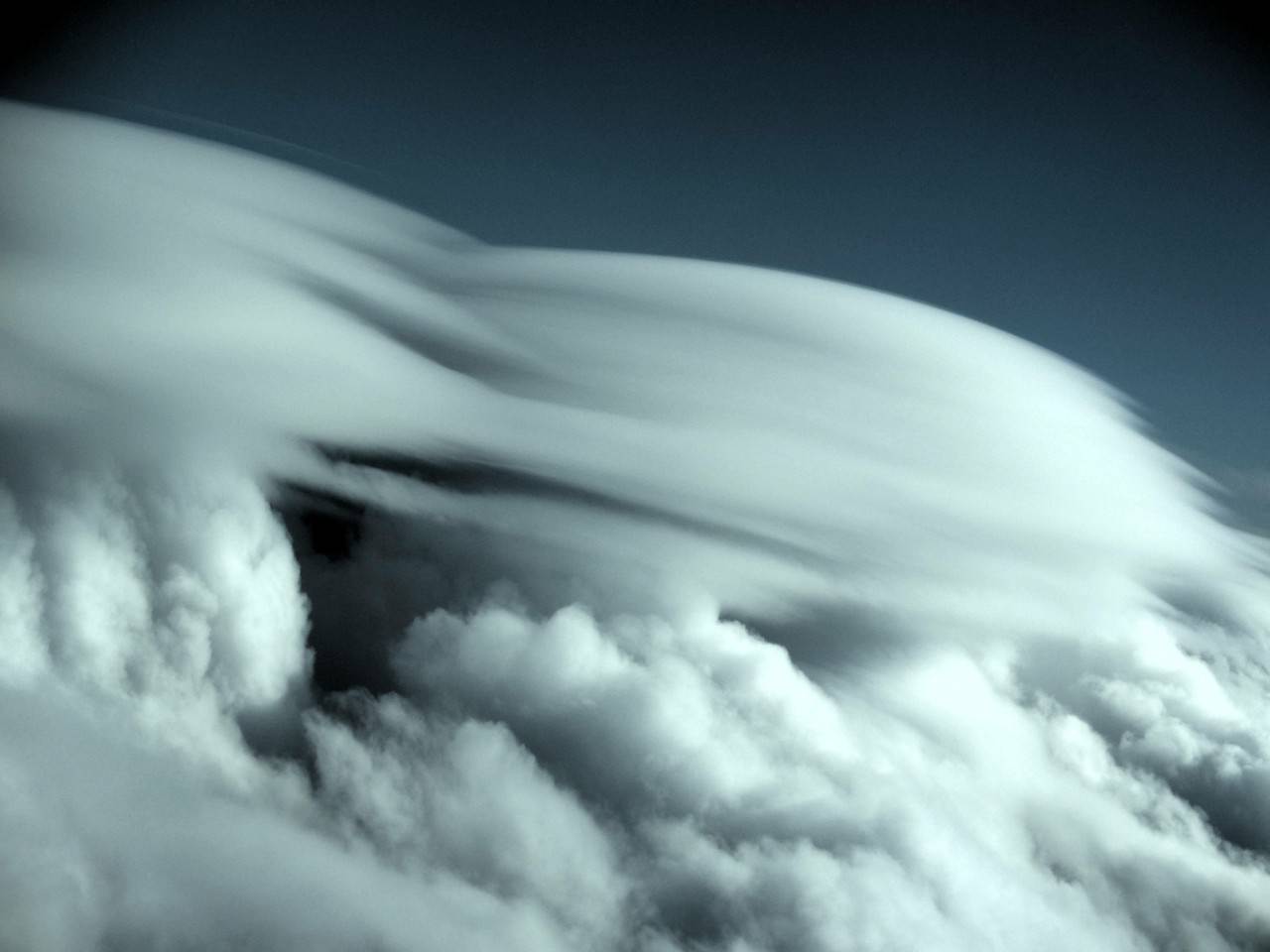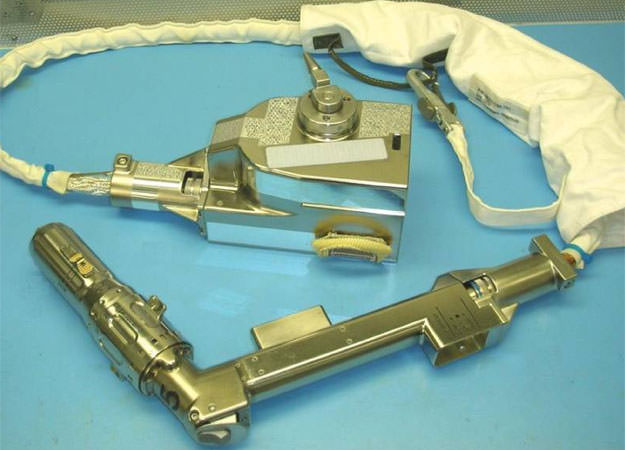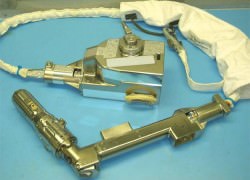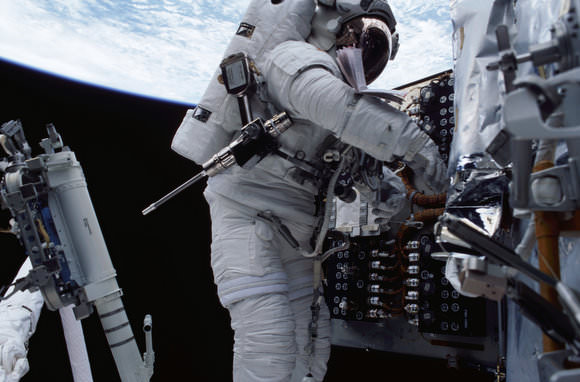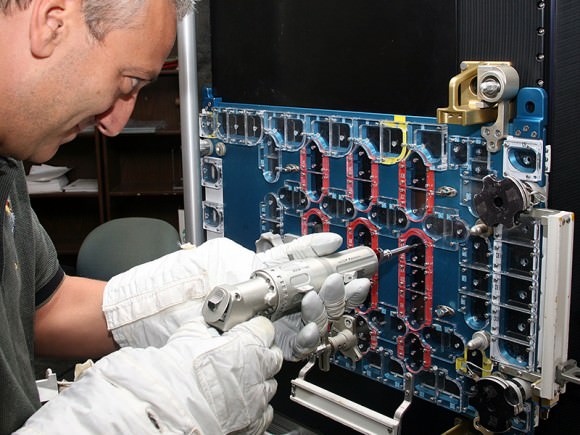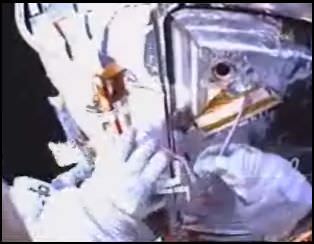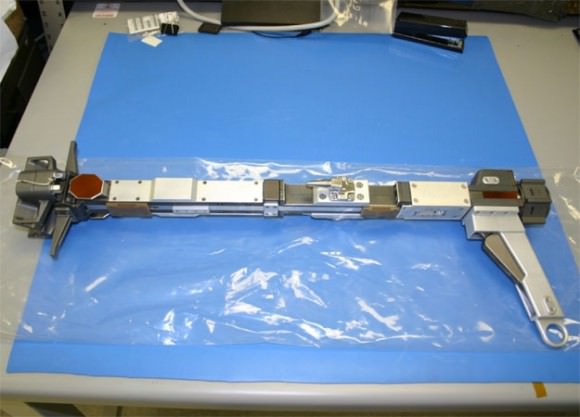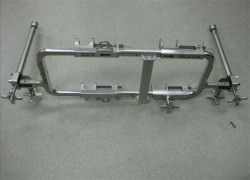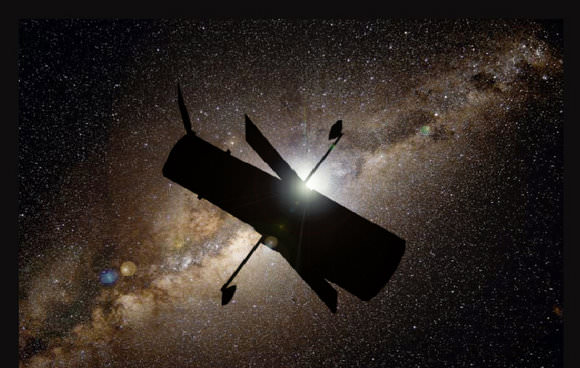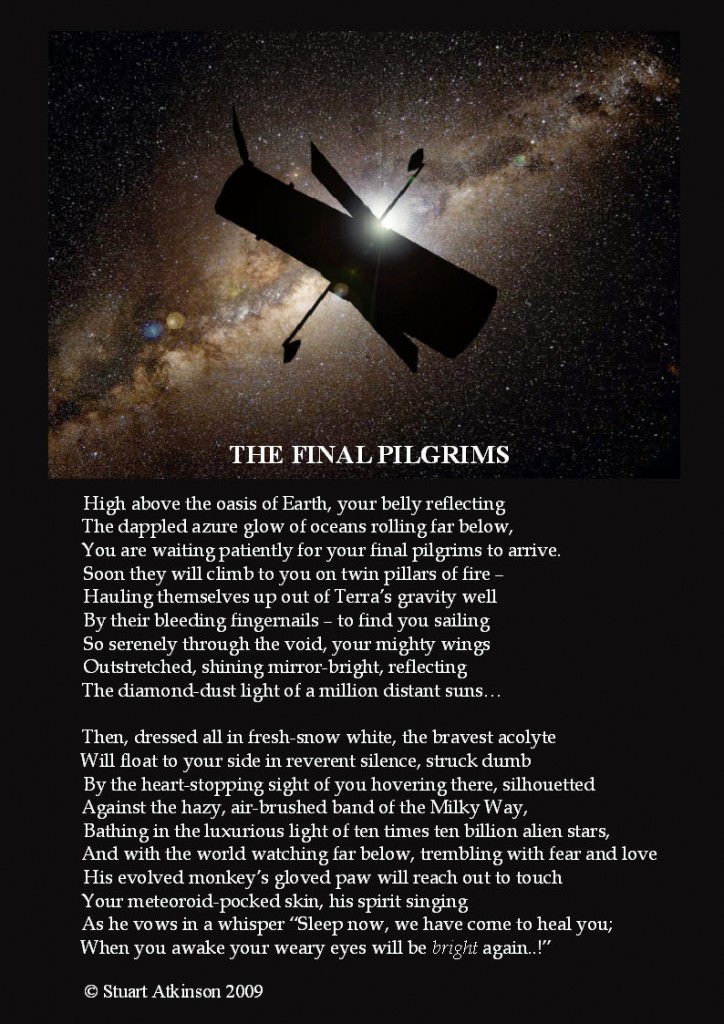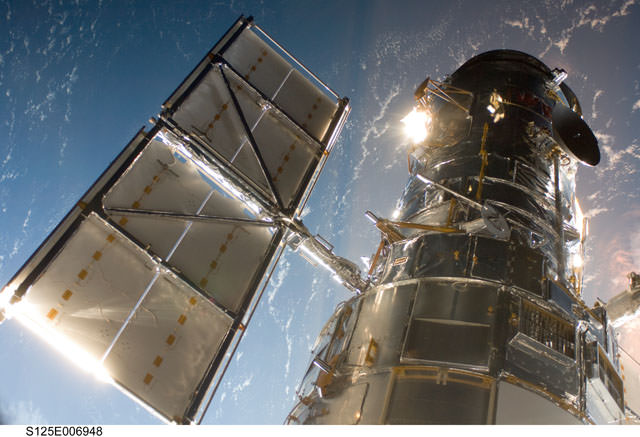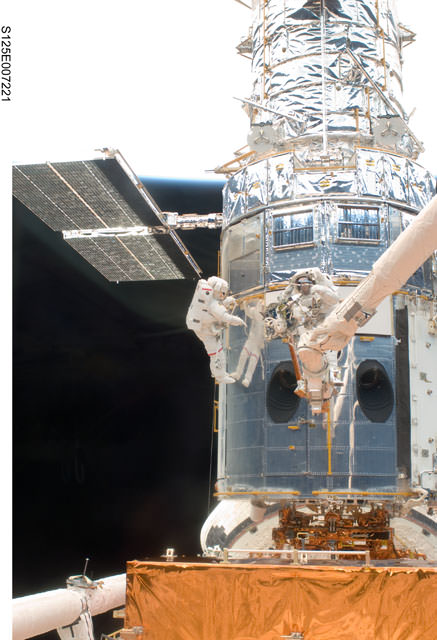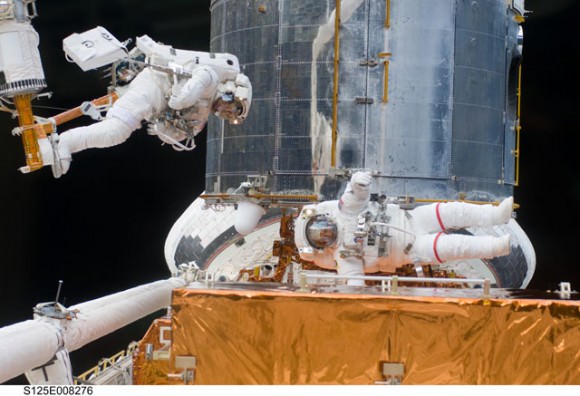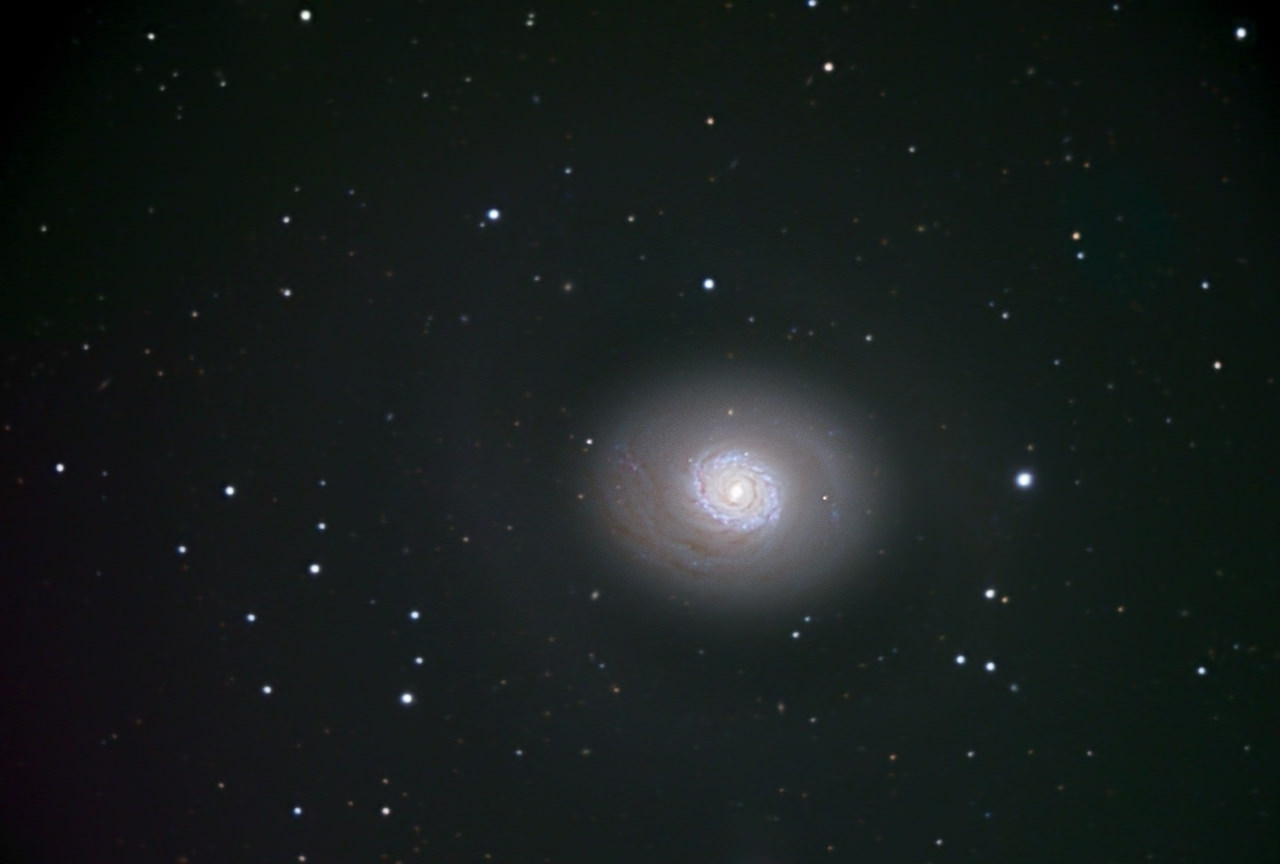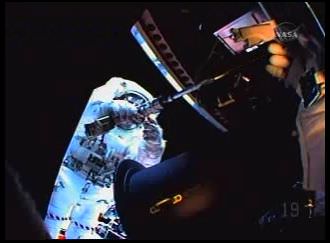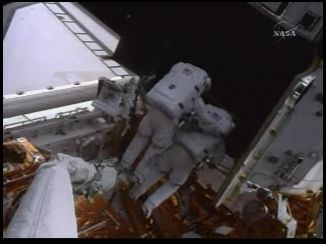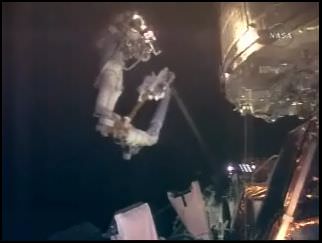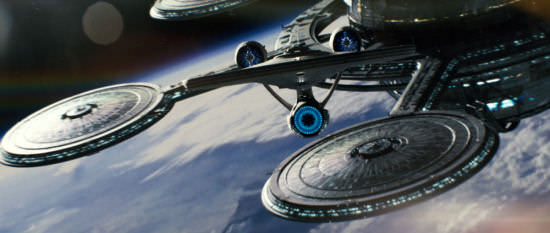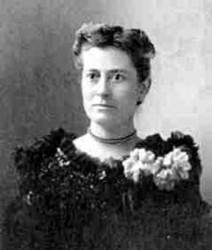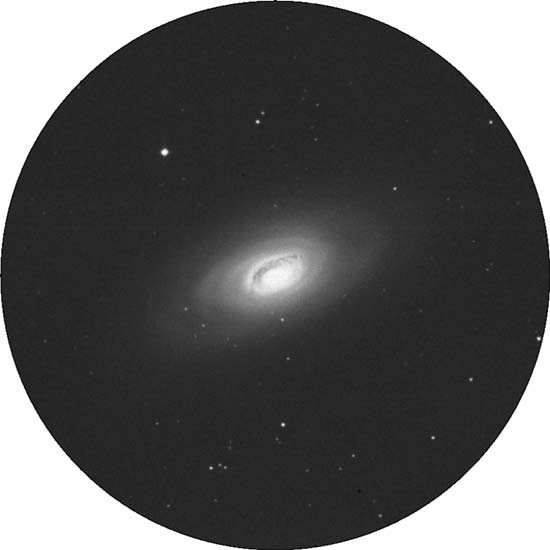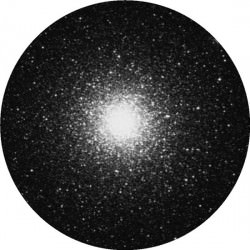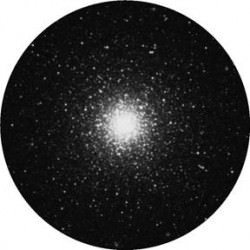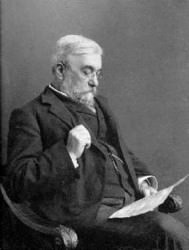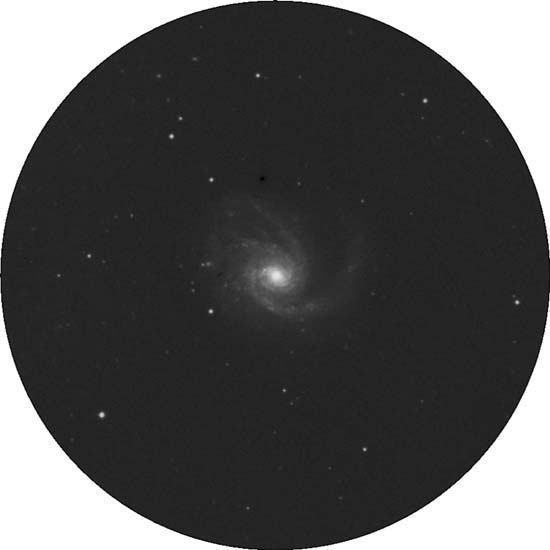[/caption]
Almost like Benjamin Button, the Hubble Space Telescope is now more vigorous and capable than with its original complement of instruments. “This is a tremendous adventure we’ve been on,” said astronaut John Grunsfeld at the end of Monday’s very successful EVA to repair and refurbish the famous space telescope. “This has been a very challenging mission. Hubble isn’t just a satellite, but it’s about humanity’s quest for knowledge.”
Grunsfeld and Drew Feustel installed a set of the observatory’s batteries, replaced a fine-guidance sensor that helps keep the telescope’s gaze precisely fixed on astronomical targets, and also replaced three thermal blankets protecting Hubble’s electronics.
“With today’s EVA Hubble is returned to flagship status with a full complement of instrument and tools for astronomers to use for the next several years,” saidJon Morse, Astrophyscis Division Director as NASA. “It is bittersweet to know this is our last visit to Hubble, but we have a saying in the science mission directorate: science never sleeps. So our work is just beginning. We have literally thousands of astronomers waiting to use Hubble, chomping at the bit to get their data.”
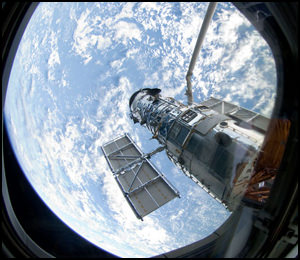
Monday’s 7 hour and 2 minute-long spacewalk marked the end of the five scheduled spacewalks for the STS-125 servicing mission. However the spacewalking team of Mike Massimino and Mike Good will be ready to go outside if any issues crop up Tuesday morning when all the systems are checked out before Hubble is released by the shuttle crew. Mission managers hope to have Atlantis back on the ground by Friday.
Earlier spacewalks overcame stubborn bolts and problematic tools, but all the mission objectives were achieved, much to the delight of everyone at NASA.
“This must be what it’s like to win the superbowl,” said Preston Burch, Hubble Program Manager. “As those of you who have followed us the past five days, working in space is challenging and there is a fine line between things that look easy and things that are impossible. The crew just never gave up.”
Lead flight director, Tony Ceccacci reminded everyone at a press conference following the EVA that Monday’s spacewalk was the last planned EVA out of the shuttle airlock. “It was both a very happy day and a sad day. We looked at each other and knew that was the last planned EVA out of the shuttle airlock. We’ve been working on this for over 2 ½ years, and we looked at each other and said, ‘wow this is really over.'”
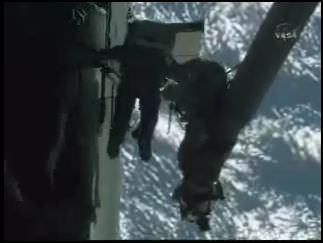
The only glitch in the otherwise smooth EVA came at the very end when Grunsfeld – a self-proclaimed “Hubble Hugger” inadvertently bumped into one of the observatory’s two low-gain antennas with his foot, breaking off a small end cap. Grunsfeld felt terrible about the accident. “OK. I’m sick,” he said. However, the antenna still worked normally, mission control radioed up to him.
Grusnfeld and Feustel placed a protective cover over the cone-shaped device for added insulation before ending the spacewalk.
“Sorry, Mr. Hubble,” Grunsfeld said as he headed back to Atlantis’ airlock. “Have a good voyage.”
“Consider it a goodbye kiss, John,” Massimino radioed from inside the shuttle.
As Grunsfeld prepared to head back inside the shuttle he asked to say a few words.
“On this mission, we tried some things that some people said were impossible,” Grunsfeld said later. “We’ve achieved that, and we wish Hubble the very best.”
A replay of highlights from the 5th spacewalk is available.

